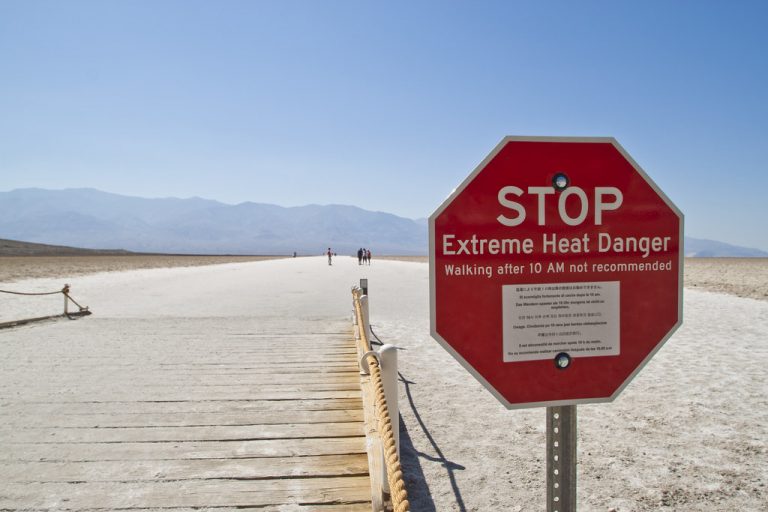Published on August 25, 2020

As triple-digit heat tests the limits of California’s electrical grid to keep millions of people cool, it is clear the effects of human-caused global warming are already here.
But the extreme heat baking the Western US is a mere preview of what could be coming: A new study finds that in the future, the heat risk facing the country’s biggest cities could be far greater than previously thought.
Without cuts to greenhouse gas emissions, major US cities could see roughly between 13 and 30 times more population-adjusted exposure to extreme heat by 2100 as compared to the beginning of this century, the study found.
The study was published Monday in the journal Proceedings of the National Academy of Sciences, and adds to the abundant evidence that mankind’s ability to halt global warming and adapt to rising temperatures will be two of the defining challenges of this century.
The researchers’ projections are based on a high greenhouse gas emissions scenario, where concentrations of heat-trapping gases continue to climb in the atmosphere through 2100, as they have in the first two decades of this century.
Along with the role of greenhouse gas emissions, the scientists also factored in how population growth and urban development can influence a city’s heat risk.
And with roughly 84% of Americans already living in urban areas and even more expected to move to the big city in the coming decades, planning for our cities to be resilient to heat will be critical, says Kristie Ebi, a professor at the Center for Health and the Global Environment at the University of Washington. Ebi was not involved with this study.
“Many cities are considering implementing various climate change-related policies and programs,” Ebi said. “Most of those have focused on mitigation, but adaptation is equally important, and we need to be thinking about what needs to be done to make cities pleasant places to live.”
Continue reading at CNN. Originally written by Drew Kann for CNN.